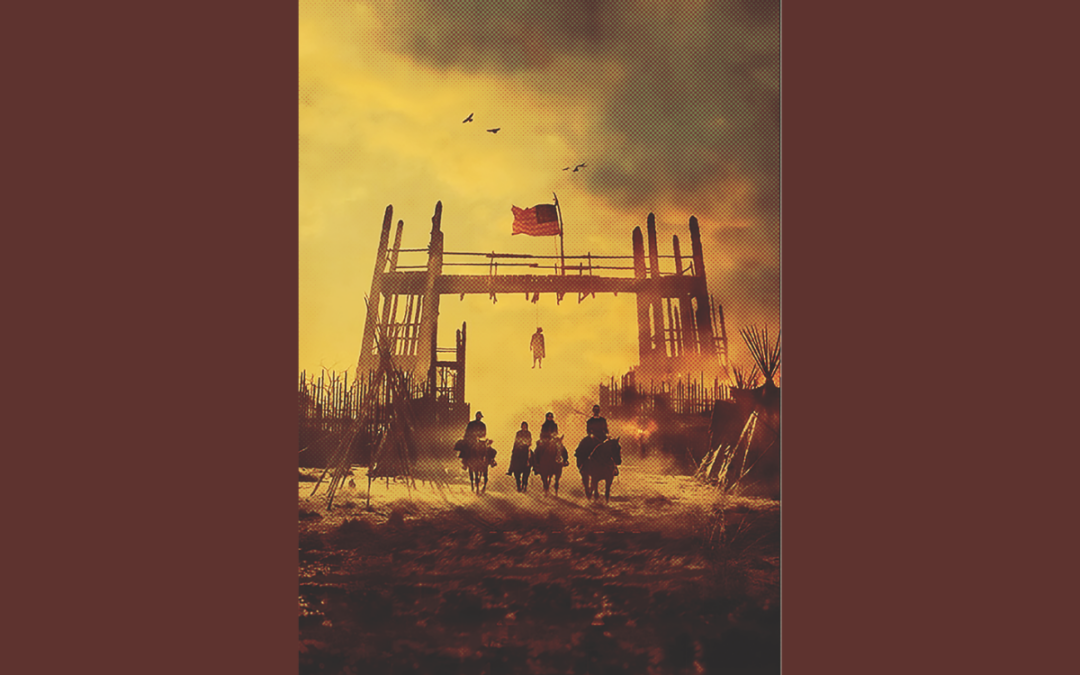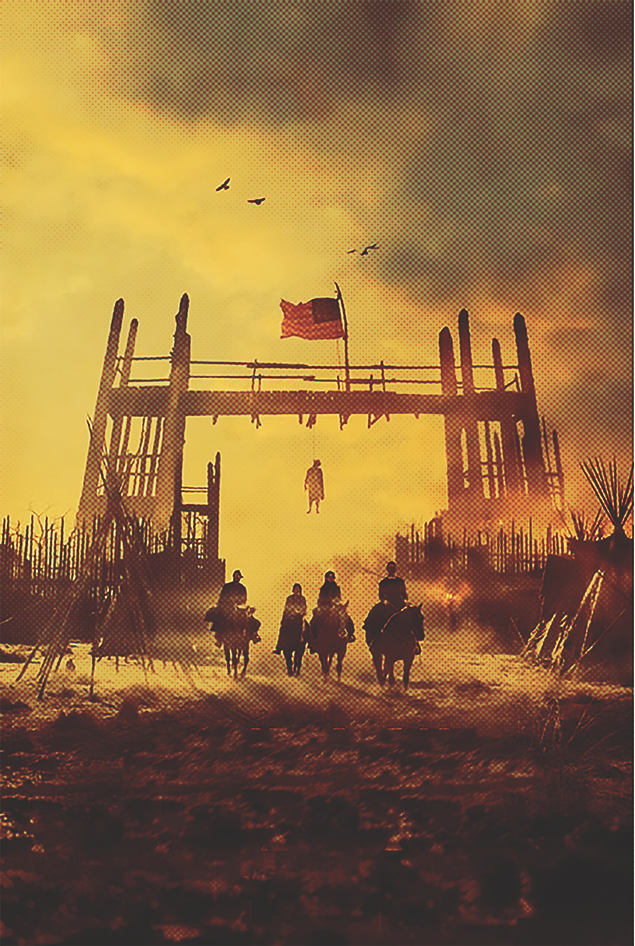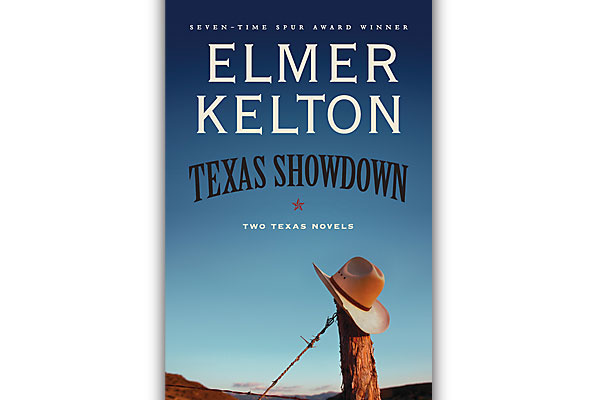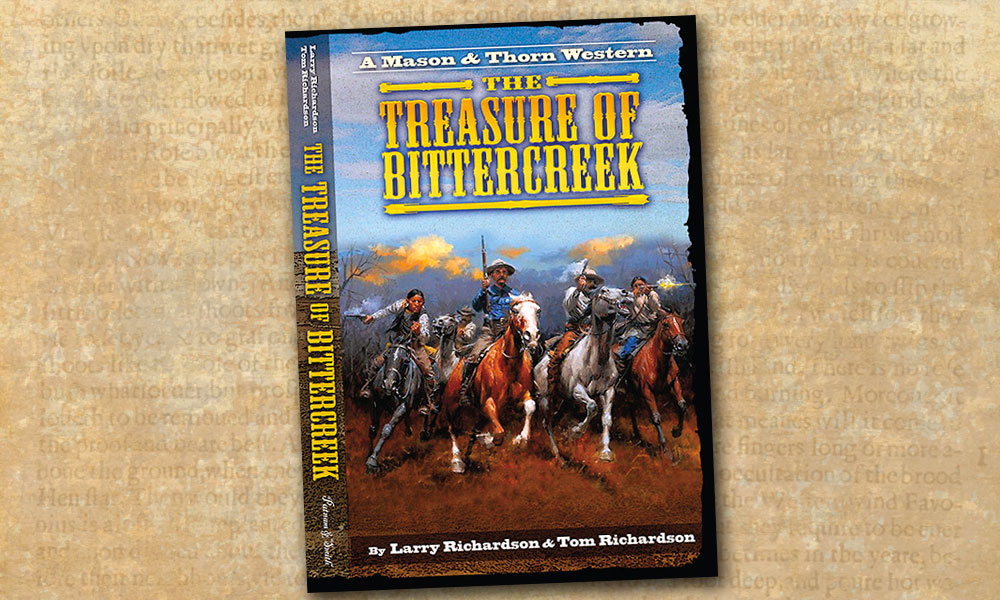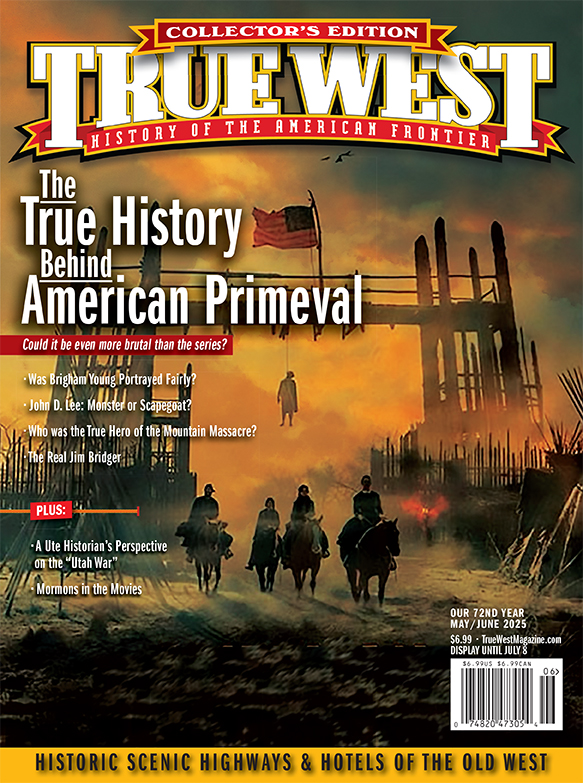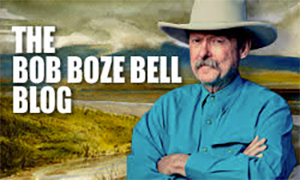Does American Primeval Tell The True Story?
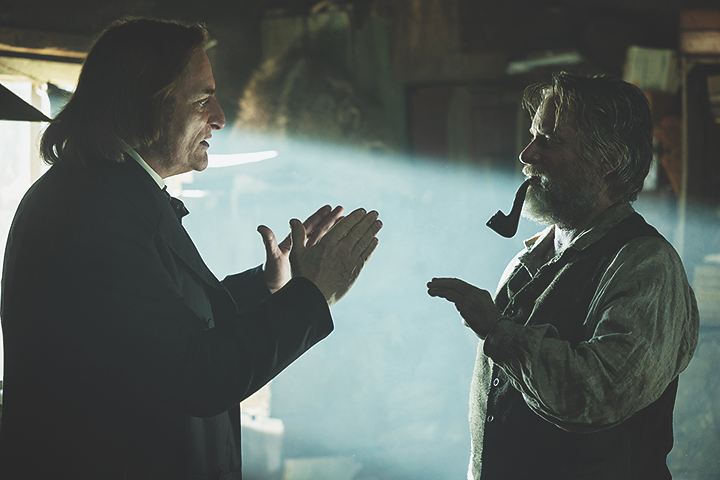
The two most compelling characters in American Primeval are, not coincidentally, the two based on frontier legends: Jim Bridger and Brigham Young. Young took over the Church of Latter-Day Saints from its assassinated founder, and led the Mormons through hell, to found Salt Lake City; Bridger had so many adventures, from mountain man to building Fort Bridger, that INSP has a series, The Tall Tales of Jim Bridger, just about his famous exaggerations!
Kim Coates, who plays Brigham Young, is probably best known for playing Tig Trager on seven seasons of Sons of Anarchy, but he also has a remarkable Western career. Beginning with the classic Open Range, Coates has spread villainy through Black Fox, Gunfighter’s Pledge, Dead Man’s Gun and Godless. “I was a farm boy in Saskatoon, Saskatchewan,” he says, “and I’ve always loved horses. And I’ve got that craggy kind of face that can suit period pieces. Yeah, I’ve done a few Westerns, though to me, American Primeval isn’t a typical, pure Western; it’s more of a history lesson.” Young is an atypical role for him. “I didn’t carry a gun; I didn’t shoot anybody; I didn’t get shot. What a turning of events for Kim Coates that is!”
In addition to playing Eli Thompson in Boardwalk Empire, and G. Gordon Liddy in Gaslit, Shea Whigham has starred in five movies nominated for a Best Picture Oscar: Silver Linings Playbook, American Hustle, The Wolf of Wall Street, Vice and Joker. But he’d never done a Western until he did two back-to-back, playing George Reeves, the title character’s slave-owner in Lawmen: Bass Reeves, and playing Jim Bridger in American Primeval. The characters could not have been more different. A man who offers a slave freedom, then tries to swindle him out of it with a crooked poker hand, “George is probably the most difficult character I’ve played,” remembers Whigham. “Jim Bridger was such a unique human; a Renaissance man, a hunter and fur trapper. And the way that he survived and kept his fort going, I found him fascinating. I knew it was going to be difficult, but Mark’s writing really helped me out a lot.
Both men made deep dives into historical research; Whigham is a longtime history buff, and Coates remembers, “I was going to be a history teacher; that was my major for the first two years of college, and then I switched to drama.” When he was offered the role of Brigham Young, he “looked at photos and paintings of him, He’s 56 at the time, famously long crimson blond hair, wide in the shoulders, piercing blue eyes—had a stare that could go right through people—and a calmness and strength about him. So, physically, I was certainly the guy.”
Still, an actor can know too much. Whigham explains, “You can do too much research if you’re not careful. I don’t want to be out too far ahead of my character.” Asked if he sees Bridger as the voice of reason in the story, Whigham replies, “I think that’s pretty apropos. I talked to [screenwriter] Mark L. Smith almost daily. I always try to find some way in, on any character I’m playing. One thing that really helped me out was answering the question of how does he keep this insane fort together in these unbelievable times? How does he survive into his 70s? And I think it’s through levity and humor. It’s through the carrot or the stick—or the shovel. He’s almost Mark Twain-esque in his dealings with the Native Americans and the Mormons and everyone.”
Coates’ approach to playing Brigham Young was quite different. “It is different playing someone real for me. Usually, I work from the inside out, and this time it was definitely the opposite. I had to find out how he looked, how he dressed, and we did all of that, with Virginia Johnson for costumes, and Johnny and Howard for hair and makeup. We dove into this man.” Coates and Whigham have nothing but praise for each other’s work. They stayed in character for the entire shoot. Coates recalls, “He was Bridger, I was Governor Young. And [director] Peter Berg was the maestro—Shea called him that.”
Another element that helped with performances was the accuracy of the set. “That fort was the exact dimensions of Fort Bridger,” Coates recalls. “From the drawings, from the journals. So you can imagine getting dropped off in a van, getting on my horse, Phoenix, and trotting into that set where there was nothing modern other than the cameras around me.”
With the Fort Bridger set still standing, the idea of a follow-up story certainly appeals to Whigham. “I would love to do that, whether it’s a prequel or after American Primeval.”

